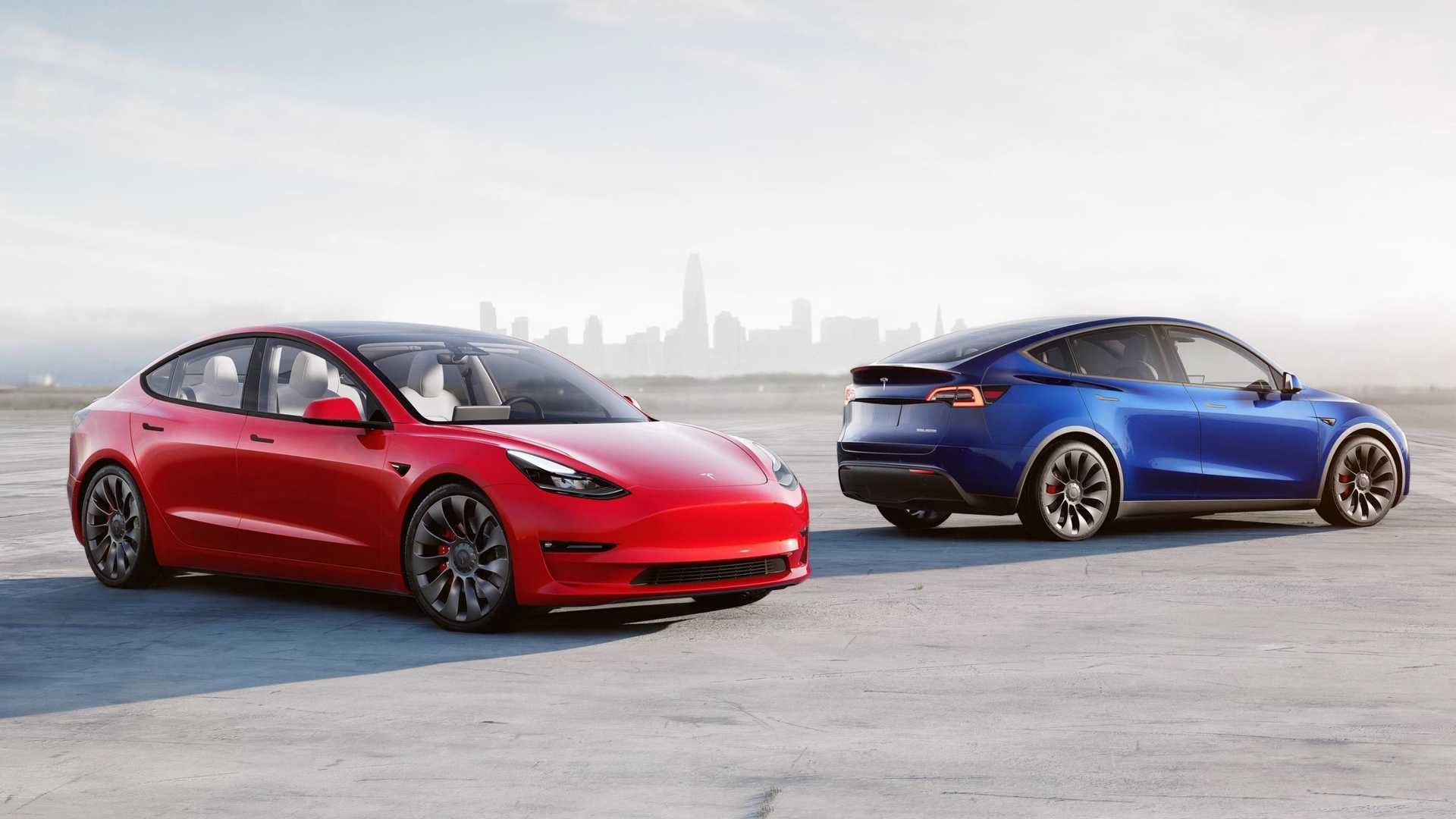I want to revisit this post quoted below in more depth here.
I agree with all of the parameters in
@The Accountant ‘s Q1 model except for average selling price.
The estimated delivery month from Tesla’s website during Q4 and Q1 indicated that Plaid and Performance variants began to be heavily prioritized, with
1-month lead times during a new era of unprecedented demand and order volume, the Profound Awakening.
(The Model X was an exception because there’s still an extra-big X backlog from the botched ramp in the middle of 2021.)
Effective as of Nov 4th, the extra price premium for top variants was:
$14k for 3P vs 3SR+
$8k for 3LR vs 3SR+
$5k for YP vs YLR
$35k for SP vs SLR
$15k for XP vs XLR
3&Y accounted for 95% of delivery volume in both Q4 and Q1, so those models dominate the following calculations.
Additionally, from October thru mid-November, the price of the 3P rose $2k and YP rose $3k.
If the delivery estimates were accurate, then all 3/Y Perf price increase started fully hitting around early December and all delivered in Q1 had the new higher price.
Some of this already went into effect around December, so that’s included in using Q4 ASP as a baseline for comparison.
Thus, the main uncertainty is just what was the change in mix from Q4 —> Q1. Unfortunately there are too many unknowns to solve for this directly with the information publicly available. Other uncertainties include:
- How much FSD sales got prioritized
- Insurance expansion
- How much Y vs 3 mix changed in favor of Y
Nevertheless, all of these factors are positive so we can be highly confident that ΔASP > $0.
My estimate, reflecting these uncertainties, is a 95% chance that:
$2k < ΔASP < $7k
Across 310k deliveries this translates to rounded revenue impact of:
$0.6B < ΔR < $2.2B
The premium variants use more batteries and motors, so they would also add to CoGS, but they have much higher gross margin than base models, so the cost impact I’d estimate as:
$0.2B < ΔC < $0.7B
Therefore, I estimate the overall pretax profit impact of all this as:
$0.4B < ΔP < $1.5B
This bumps GAAP earning per share from
@The Accountant ‘s $2.50 estimate to around $2.90 for a bear case and $3.80 for a bull case.



